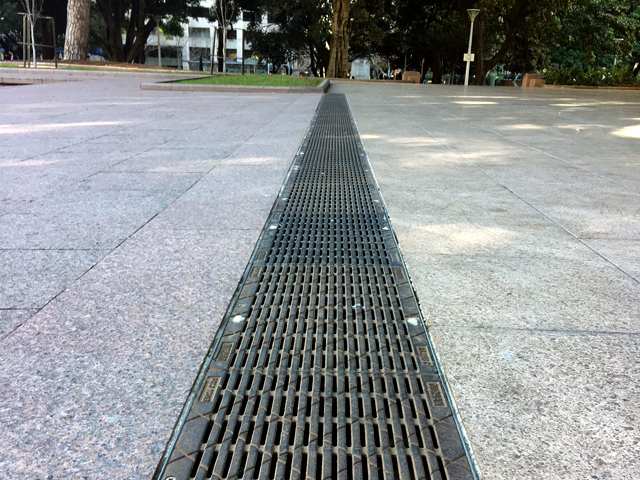
Water is the most basic need for human beings for a living. It is the most consuming thing by humans after the air. Unfortunately, the present world is struggling with water scarcity. We already have seen the news water scarcity problems in Chennai and Cape Town, South Africa and also other countries too. This makes the importance of water management and wastewater treatment very high.
Here we are discussing Waste Water Treatment. It means converting the sewage water harmless before it gets disposed. Also, proper recycling of wastewater can reuse for watering plants, washing etc. and in that way, the use of good water can be reduced.
Wastewater Treatment System
The water treatment system consists of three stages
- Primary treatment
- Secondary treatment
- Tertiary treatment
Primary treatment
Primary treatment removes 60% of solid waste and 30% of BOD from the sewage water.
This primary treatment consists of
Screening:
This process is done to remove big objects or floating particle from the sewage water. Sewage water is allowed to pass through a course screen made by an iron rod held parallel with a consistent amount of gap. So the bigger objects can be removed easily. Use of finer screens is avoided to prevent clogging.
Grit chamber:
Leaving the screening process the sewage is allowed to pass through the grid chamber which consists of gravel and sand and other materials to remove the particles from the sewage which is not caught in the screening process.
Sedimentation:
Sedimentation process is done to remove the particle or impurities which the specific gravity more than that of water. After the grit chamber process, some of the impurities remain on the water which is settable. Two types of sedimentation are there:
1. Plane sedimentation: some impurities remain as in suspension in water due to turbulence. When velocity gets reduced these impurities get settle down. For that, the water kept still in sedimentation tank for some time to settle down the impurities.
2. Sedimentation Aided with coagulation: Some colloidal particles and mud particles will not settle down in plane sedimentation process with normal detention time. For that coagulation is done. Coagulation is a process in which some chemicals like alum or ferrous sulphate is mixed with the water to attain destabilization
Secondary treatment
The secondary treatment process is a biological treatment which removes 85% of BOD and impurities from the water. Micro-organisms are added to the sewage water which converts the nonsettleable solids to settleable. This process leads to decomposition organic wastes. The basic approach is to use an aerobic biological process which is providing high levels of oxygen. The most commonly adopting three options are:
Activated sludge process:
The most common process in wastewater treatment in which the mixture of wastewater and micro-organisms is agitated and aerated. By this process, the dissolved organic matter gets oxidation and settle down. Micro-organisms containing activated sludge gets recirculate inside the aerobic chamber to increase the rate of organic decomposition.
Trickling Filter:
The water is sprayed from the air to the course media usually stones and micro-organisms present in the media oxidize the organic materials in water. A drain is attached to the bottom of the media which collect the water and allows sediment.
Oxidation Ponds:
This technique is relatively cheap and less efficient compared to other methods. The water kept on a pond and frequently aerated. And also rely on sunlight, algae and micro-organisms for oxidation. The impurities get separated from water and removed. This method is time-consuming.
Tertiary treatment
Tertiary treatment is the process of disinfection of water. After Primary and Secondary treatment still some pathogenic bacteria present in water which are causing diseases. To remove the bacteria disinfection method is preferred. Chlorination is the most common technique of disinfection. Other available options for disinfection are:
- Treatment with potassium permanganate
- Treatment with ultraviolet
- Treatment with ozone
- Treatment with excess lime
The present world is struggling with water pollution and water scarcity. So we have to be very careful about water usage in our daily life. That makes the importance of water treatment necessary.
By these treatment techniques, the use of water can be reduced in such a way that the water can be recycled and reused. And also the pollution intensity of water can be minimized before it is disposed to the natural water bodies hence make the environment clean.
Also Read: Advanced Techniques of Sewage Treatment

